Introduction about Virtual Machine
This article examines how to use a virtual machine (VMware Workstation 17 Pro) on a computer with virtualization capabilities to set up and configure Microsoft Windows on a new virtual machine.
Virtual machine software is a practical solution for testing Windows without upgrading your computer. Windows Virtual Machines allow you to experience the operating system without affecting your existing OS installation.
VMware is a virtualization platform that allows you to install multiple operating systems (OS) on your desktop or laptop computer.
For example, if your computer is running Windows Vista but you want to try Windows for development or certification purposes, you can install the Microsoft Windows guest operating system. You can set up an entire virtual domain on a single computer.
VMware Workstation eliminates the need to purchase multiple physical computers to meet your development and certification needs. To unlock your desktop from one OS to multiple OS, you just need a desktop or laptop with good processing power and enough memory.
For example, my current configuration is a 64-bit computer with a quad processor and 8GB of RAM. You can run up to 10 virtual machines simultaneously. If your computer is 32-bit with 2-4 GB of RAM, you can run 1-4 virtual machines at the same time. You can experiment with the memory settings depending on the specifications of your computer.
Note: Check the VMware specifications before downloading the software, and make sure your computer meets the minimum requirements.
How to Create a New Virtual Machine for Windows 10
After creating a virtual machine using the latest version of the Workstation Pro program, create a virtual machine, install Windows 10 22H2 version, and finally install VMware Tools to make the guest machine work more efficiently.
Before proceeding with the steps to install Windows operating system on a virtual computer, visit this article to download the latest version of Windows 10 on your computer.
Creating a Virtual Machine
First, open VMware Workstation from the Start menu. Alternatively, you can type VMware in the Instant Search field and select VMware Workstation from the list of programs.
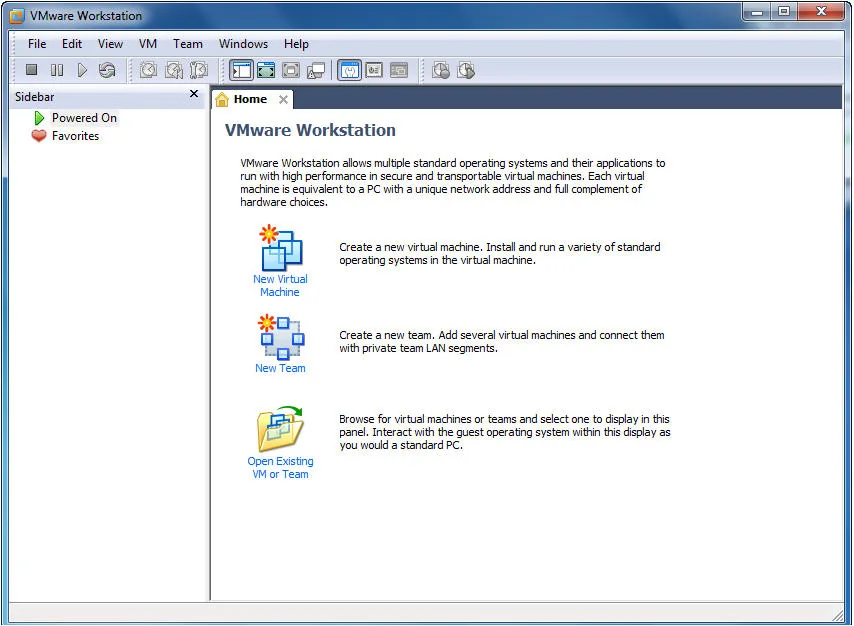
Next, open the VMware 17 Pro software and click Create a new virtual machine to open the virtual machine wizard. Next, select Custom (Advanced) in the virtual machine creation wizard to create your advanced VM and continue.
Step 1
Next, click File | New | Virtual Machine. A wizard appears to create a new virtual machine, as shown in.
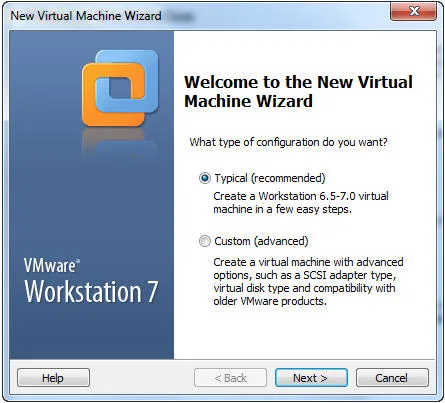
Step 2
Click “Next” and choose how you want to load Windows 7. You can load it from installation media (DVD) or you can use an ISO image. For the purposes of this article, we will use an ISO image (Figure 3).
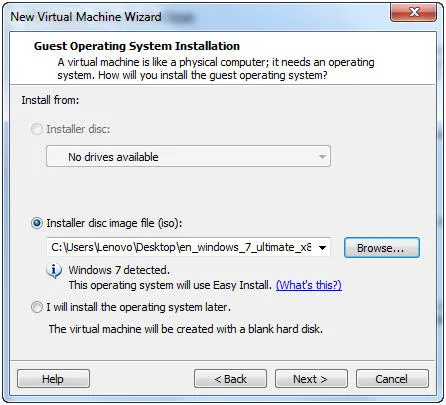
Step 3
Next, select “Installer disc image file (ISO)” and browse to where your Windows 7 ISO image resides. Click “Next” and enter the Windows 7 product key (Figure 4).
Note: You can optionally personalize Windows 7 with a user and password.
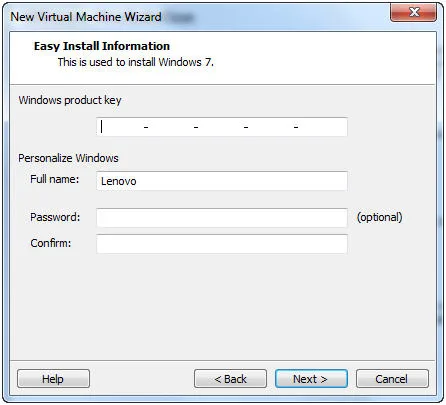
Step 4
Click “Next”, enter a virtual machine name and choose a location for your virtual machine to reside. You can simply accept the defaults and move forward in the installation (Figure 5).
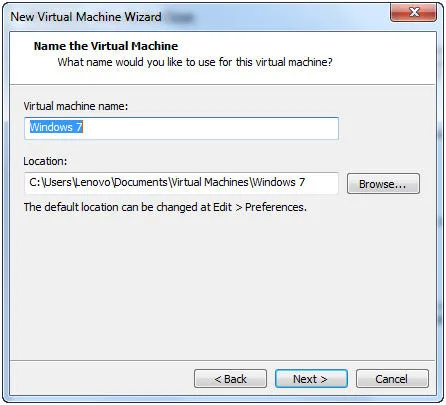
Step 5
Click “Next” and accept (Figure 6) the default disk size of 40 GB. You can increase or decrease this size as you see fit. Experimenting with different sizes will help you find the right space for all your Windows 7 virtual machines. Additionally, you have the option to split your virtual machine into 2GB files. This is useful when moving virtual machines between computers.
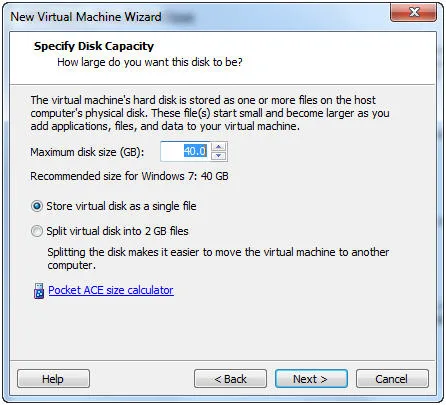
Step 6
Click “Next,” and you can customize your virtual machine hardware prior to beginning the Windows 7 virtual machine Operating System (OS) load (Figure 7).
For example, you can add disks, serial ports, and printers. You can also remove unnecessary hardware, such as floppy drives and sound cards (Figure 8).
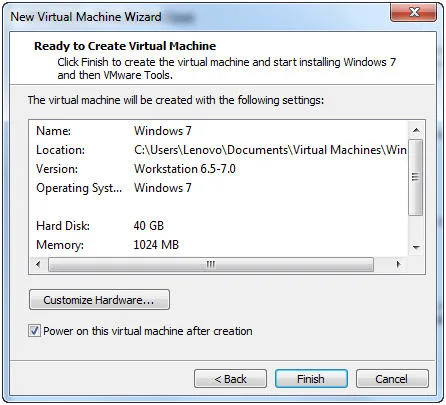
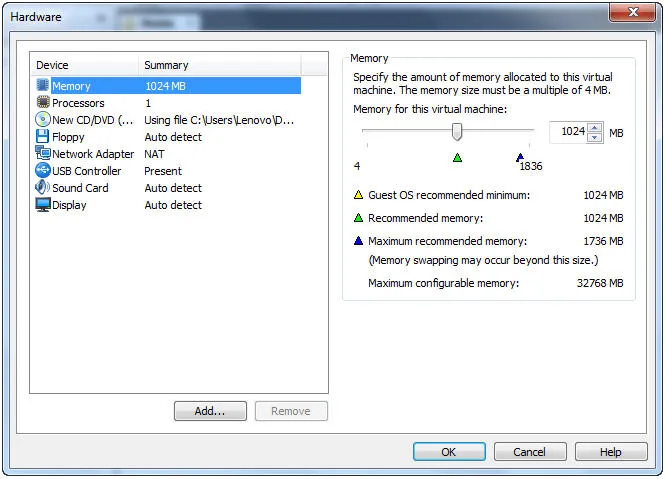
Step 7
Click OK and Finish and Windows 7 begins to load (Figure 9). Since you entered the product key, VMware Workstation enters “Easy Install” mode. Just sit back, relax, and a Windows 7 virtual machine is installed.
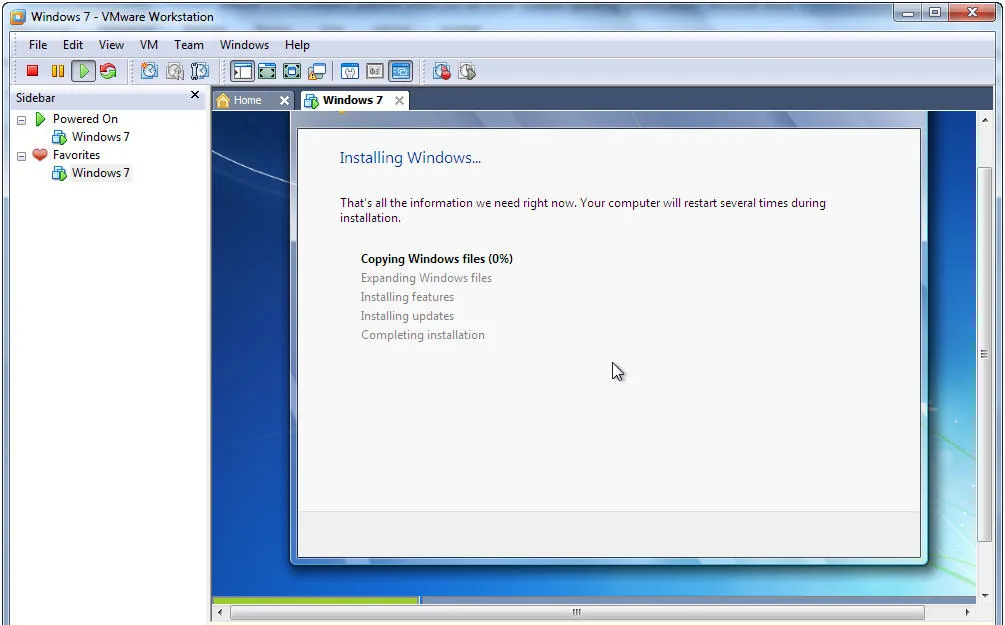
VMware Tools
- With the current version of VMware Workstation (VMware Workstation 7), you no longer have to worry about remembering to install VMware Tools as it installs it automatically. VMware Tools installs the following components:
- VMware Tools service
- VMware device drivers
- VMware user process
- VMware Tools control panel
Working with a Virtual Machine
- The virtual machine (Figure 10) is now ready and you can use it just like a physical computer. If you view or select , you can operate the virtual machine in full-screen or full-screen mode. Other options available when working with virtual machines include:
- Power On a Virtual Machine
- Power Off a Virtual Machine
- Suspend a Virtual Machine into Memory
- Snapshot a Virtual Machine
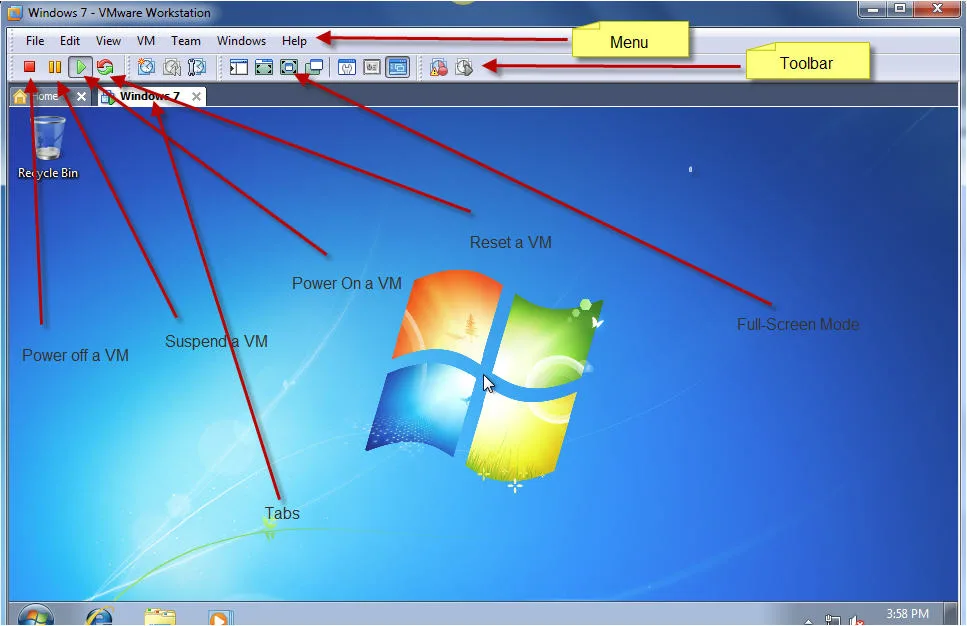
Now that you’re familiar with VMware Workstation, it’s time to experiment with different settings and test new drivers and software in Windows 7. Additionally, you can use VMware Workstation to prepare for any certification program you want to achieve.
Finally, if you need to stay up to date with a variety of technologies, including many commercially available operating systems such as Windows 95, 98, NT4, 2000, XP, Vista, and Server (2000, 2003, 2008) , then a combination of the Windows operating system, VMware Workstation, and virtualization is the answer.
Cloud Computing: You did not know about
follow me : Twitter, Facebook, LinkedIn, Instagram


1 thought on “7 easy Steps to install Windows on VMware Virtual Machine”
Comments are closed.